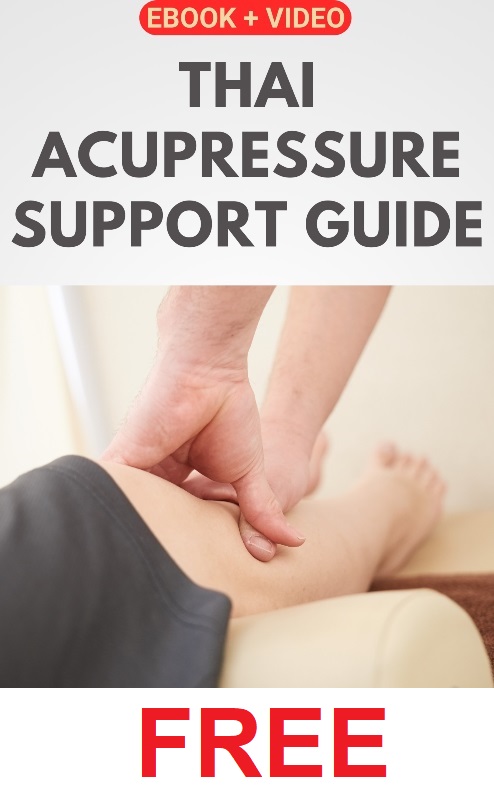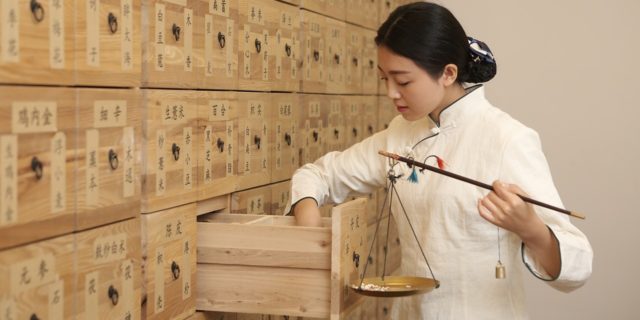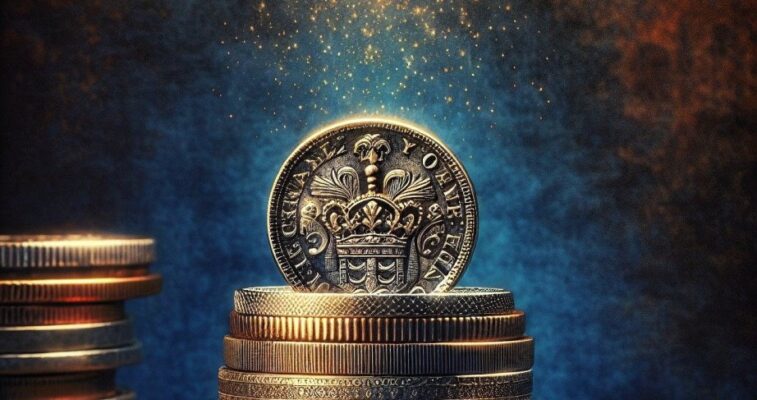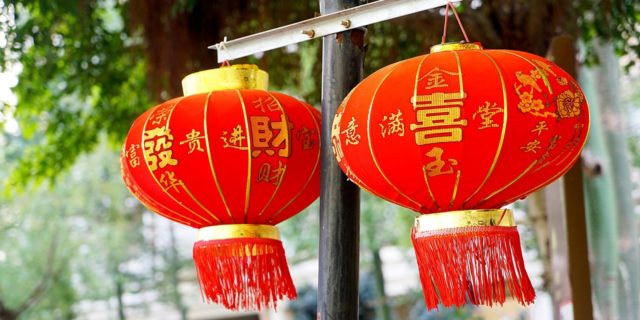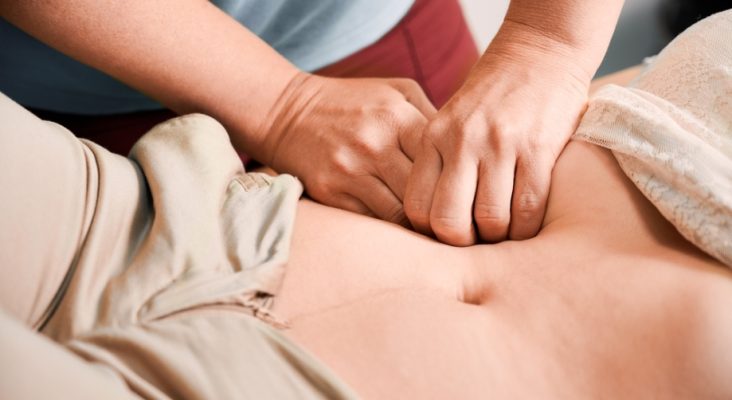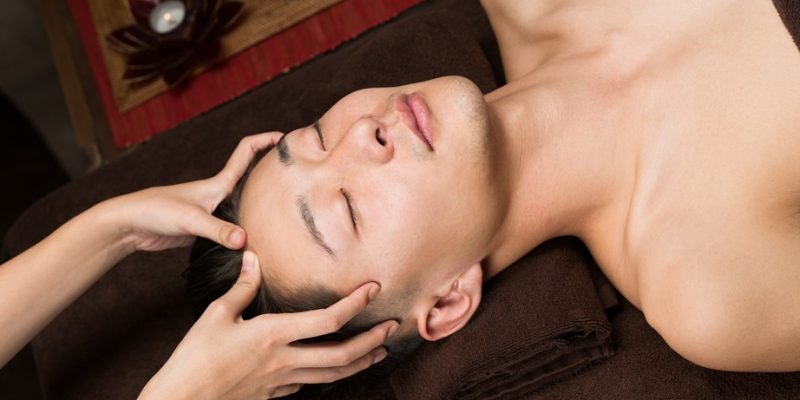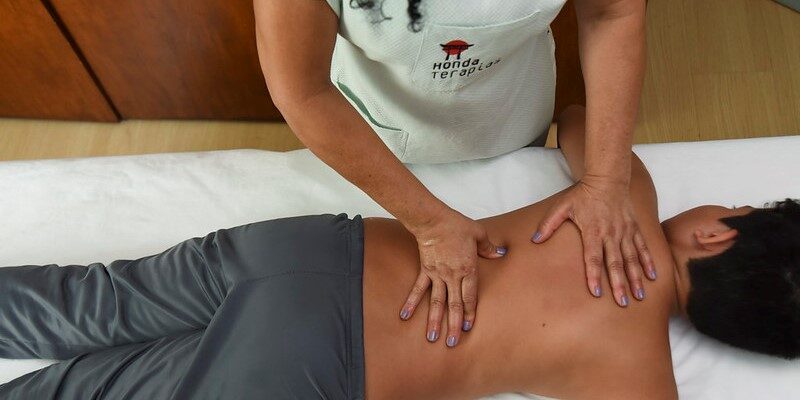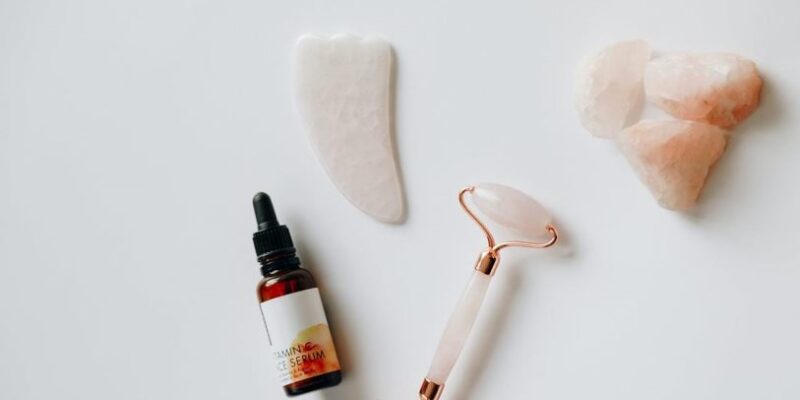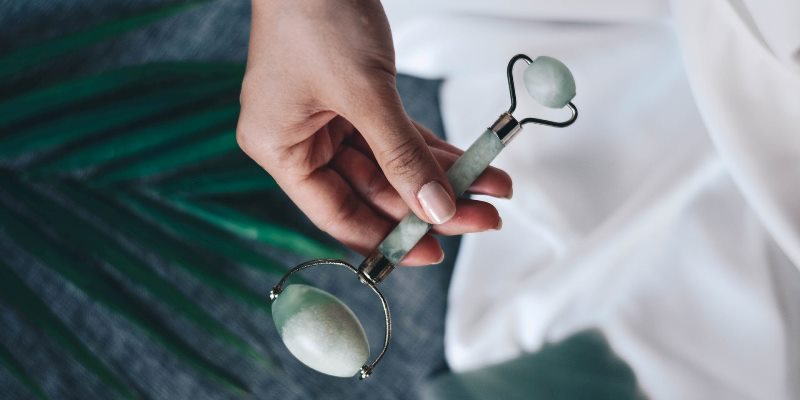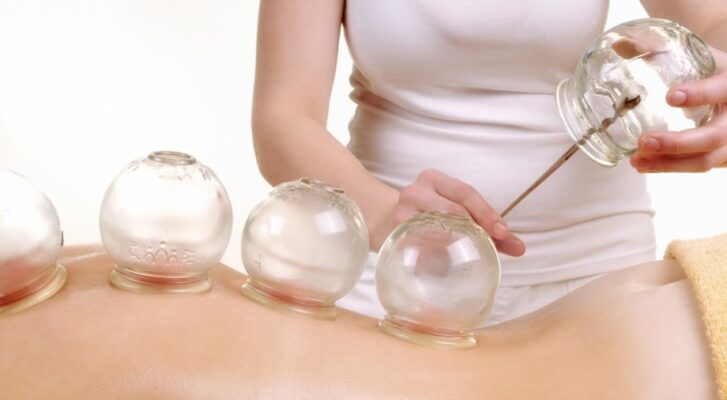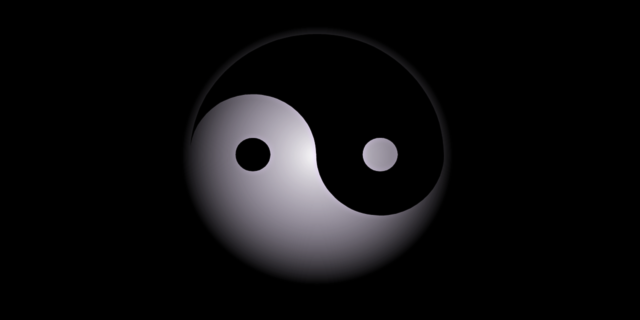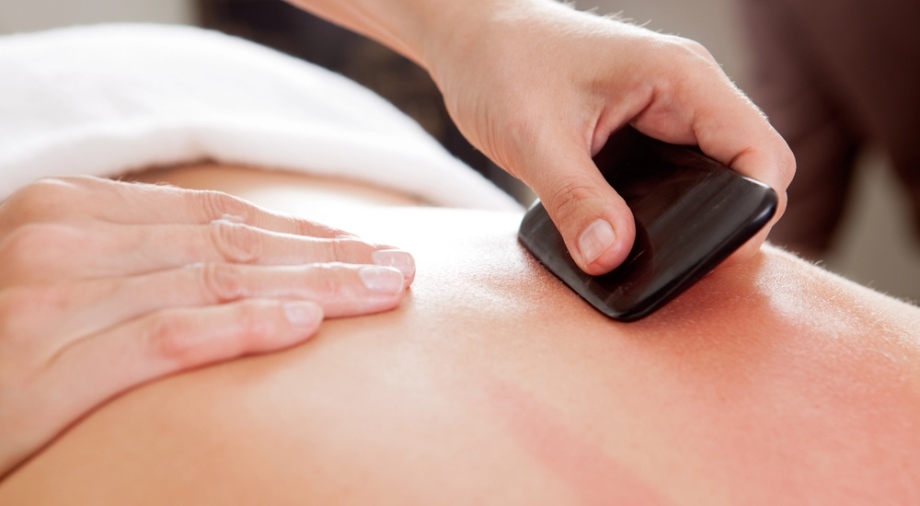
Guasha (also written Gua Sha) is a dermabrasive Traditional Chinese Medicine (TCM) healing modality, also known as scraping, coining, or spooning. Apart from China, the treatment is also used in many other Asian countries, like in Indonesia, Vietnam, and Thailand. Of late, it’s increasingly offered in spa and wellness centers around the world.
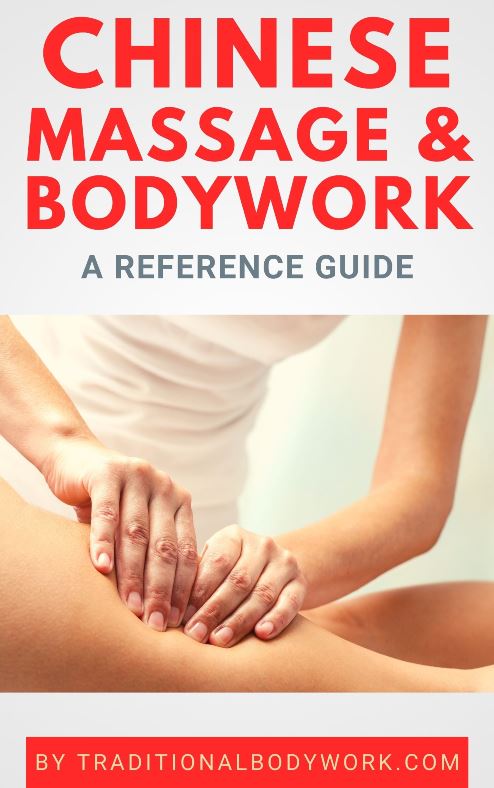
The Guasha treatment is applied by “scraping” the skin, which is done with an oil and a blunt scraping tool usually made of a polished stone of jade, rose quartz or marble.
Typically, the scraped skin becomes quite red with stripes, but therapists believe that the therapy detoxifies the body by releasing unhealthy matter, while stimulating fresh oxygenated blood and Qi or Chi Life Energy to flow to the scraped areas promoting cell recovery and healing.
It’s a massage technique done by firmly rubbing or scraping the skin in long strokes. The goal of the treatment is to alleviate colds, flu, indigestion and abdominal pains, break down scar tissue, to soothe muscle aches and expel what is called bad winds. It’s thought to also combat feelings of weakness, nausea, tiredness, and joint stiffness.
After a Gua Sha treatment, the skin can show multiple red lines and it appears like one is being “whipped,” but in other cases, depending on the way it’s done and the tool used, it can look more like bruising with purple or red spots showing.
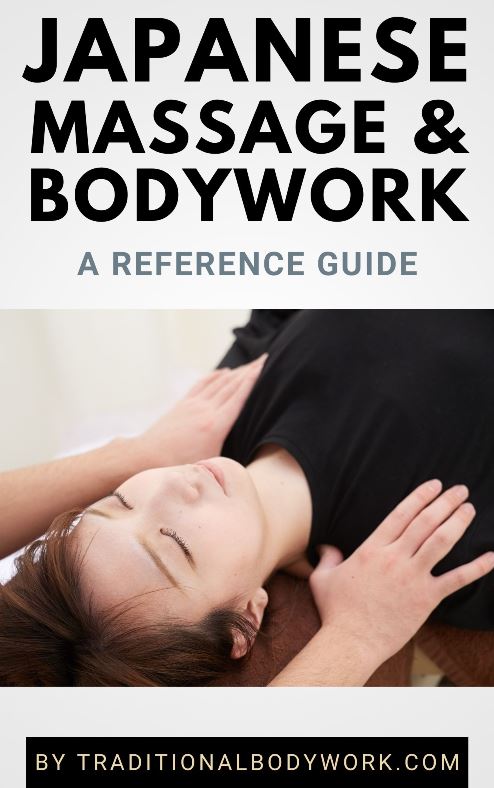
Usually, the technique is applied to the back, shoulders, and abdominal area, but nowadays also to the face in so-called “Face Guasha” treatments in order to “lift the face” naturally. When used for the face, adapted oils are used, and scraping is done less intense. The face will also show less redness (which disappears quickly after the treatment, by the way) than with normal body Gua Sha.
A Guasha treatment can be somewhat painful. Although side effects are rare, irritations, inflammations, dermatitis, burns, and hematuria may occur. Yet, it’s thought that the redder the marks, the more bad winds are released, thereby better detoxifying the body.
Although it’s a very ancient massage technique, there is no scientific proof that it provides health benefits besides creating a beneficial placebo effect. The treatment can be rather addictive because when the skin is being rubbed, nerves react that will excrete endorphin hormones, which make one feel good while also suppressing pains.


